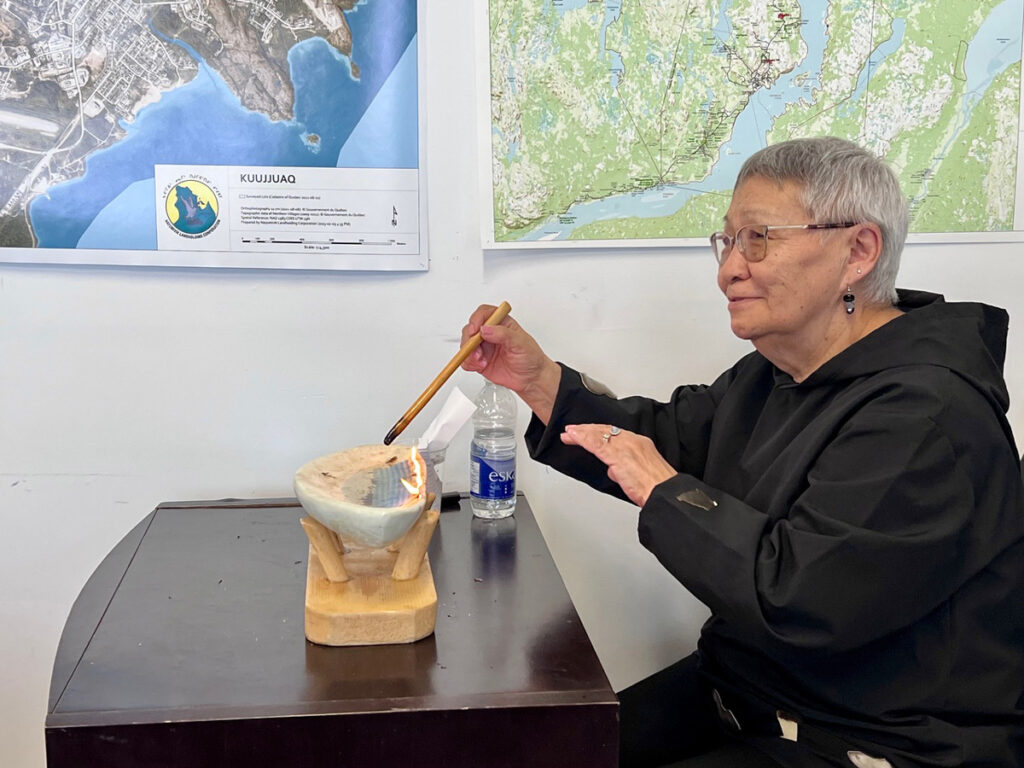
By Shivangi Mishra
In the vast, icy reaches of the Arctic, where climate change strikes hardest and biodiversity is both fragile and resilient, the work of preserving life begins not just in laboratories, but in communities.
This year’s International Day for Biological Diversity calls on us to recognize the deep, inseparable connections between people and the planet under the theme “Harmony with Nature and Sustainable Development.” For those of us working with the Arctic Genomics Project, this theme is more than a message — it’s the foundation of our work.

To have real-world impact, genomics must be meaningful, useful, and accessible to the people who live in and steward the Arctic. That’s where knowledge mobilization (KMb) comes in.
For an effective knowledge mobilization, it is important to ensure the science we generate doesn’t just stay in papers and databases, but it reaches and empowers the communities who can use it to support Arctic species co-management, food security, and decision-making.
We do this through:
These initiatives embody harmony between scientific methods and Indigenous knowledge systems, between data and experience, between preservation and progress.
The Arctic is ground zero for climate impacts, but it’s also a place of remarkable knowledge, resilience, and cultural strength. By mobilizing genomic knowledge in collaboration with Indigenous communities, we support responsible stewardship of Arctic ecosystems, strengthen food security by understanding and protecting species that are central to subsistence and inform policies and practices that respect both biodiversity and Indigenous rights.
This is sustainable development in action, rooted in equity, evidence, and ecology.






© Arctic Institute of North America | Site & Image Information